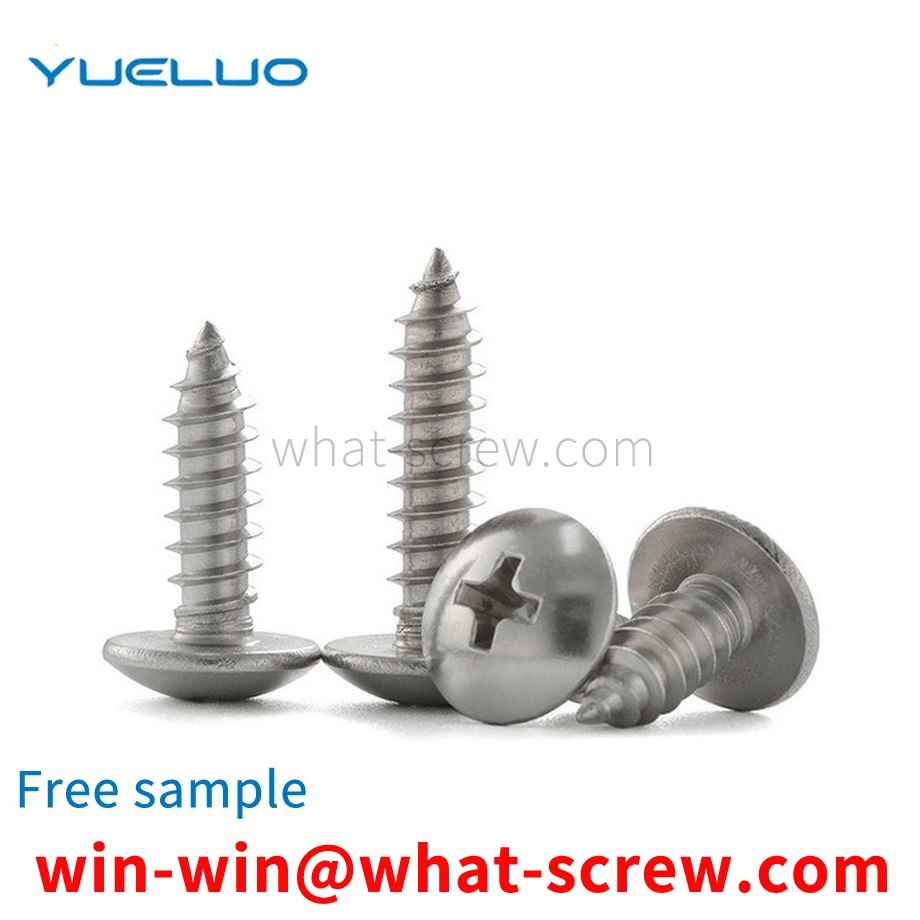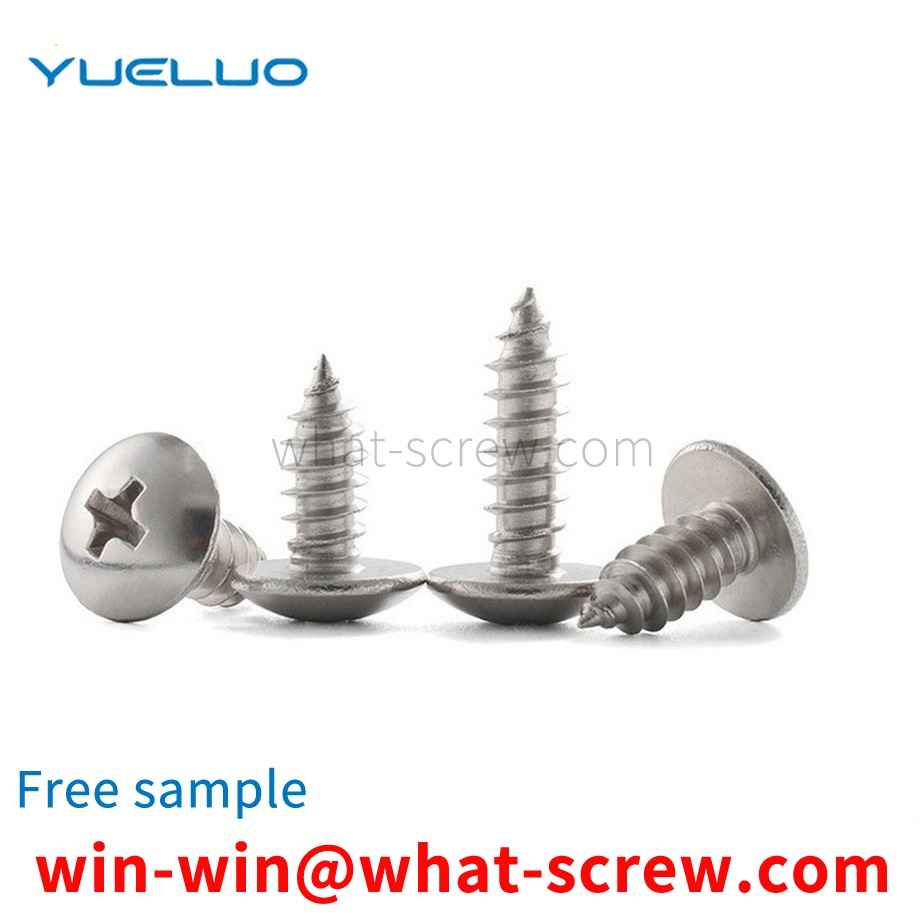NPT, PT, G are all pipe threads. NPT is the abbreviation of National (American) Pipe Thread, which belongs to the American standard 60-degree taper pipe thread, which is used in North America. National standards can be found in GB/T12716-1991 PT is the abbreviation of Pipe Thread, which is a 55-degree sealed conical pipe thread, which belongs to the Whitworth thread family and is mostly used in Europe and the Commonwealth of Nations. Commonly used in water and gas pipe industry, the taper is specified as 1:16. The national standard can be found in GB/T7306-2000 G is a 55 degree non-threaded sealing pipe thread, which belongs to the Whitworth thread family. Marked as G stands for cylindrical thread. National standards can be found in GB/T7307-2001 In addition, the 1/4, 1/2, 1/8 marks in the thread refer to the diameter of the pipe, and the unit is inches. People in the industry usually refer to thread size in points, 1 inch equals 8 points, 1/4 inch is 2 points, and so on. G seems to be the general name for pipe threads (Guan), and the division of 55 and 60 degrees is functional, commonly known as pipe circle. That is, the thread is machined from a cylindrical surface. ZG is commonly known as pipe cone, that is, the thread is made of a conical surface. The general water pipe joints are like this. Rc means conical internal thread ZG means taper pipe thread, 3/4 means inch mark, which is 3/4 inch conical pipe Thread, there is in the Hardware Manual. The national standard stipulates that the major diameter of ZG 3/4 thread is 26.44 mm. Please refer to Metric, American and British Thread Standard Manual (Third Edition). Its representation method should be: ZG 3 /4″. Among them (〃) is the representative symbol for inches. One inch is equal to 8 inches. The origin of 3/4 is 6/8=3/4. Commonly known as 6 points. Similarly, the major diameter of ZG 1/2″ thread≈21 mm. Commonly known as 4 points. ZG 1″ thread diameter ≈ 33 mm. Commonly known as 1 inch. ZG 1 1/2″ thread pipe outer diameter ≈ 48 mm. Commonly known as 1 inch and a half. Taper pipe thread is very similar to pipe thread, the difference is Only in the taper. Note that the basic size of the pipe thread and ordinary thread is different. DN is the nominal diameter
Fasteners are an indispensable necessity in our lives and are used to flexibly fix two objects. However, in applications such as automobiles, large construction machinery and factories, the nuts often come loose and then fall off, resulting in frequent dangers and great dangers. Threats to people's lives and property.
Nuts and bolts are one of the most widely used fasteners in modern mechanical structures. At present, the common metric bolts and nuts are generally trapezoidal in cross-section. The connection between the bolt and the nut is prone to loosening under severe vibration, or even falls off by itself, and the tightening force of the bolt and nut thread is mainly concentrated in the bolt thread and Between the teeth of the first few threads where the threads of the nut are in contact, resulting in loosening of the fastener and sliding pressure of the threads
With the vigorous development of the construction market, fastener-type steel pipe scaffolding and formwork support have been widely used, and a large number of fasteners are used in the fastener-type steel pipe scaffolding and formwork support system. The commonly used fastener structure generally includes a fastener body 1, a blade 2, and a rivet 3 for connecting the fastener body and the blade. An arc-shaped cavity 4 for penetrating the steel pipe is provided between the fastener body and the blade. Figure 1 Right-angle fasteners shown. However, in the process of building construction, the blades of the fasteners have different degrees of cracks and fractures, which lead to the scrapping of the fasteners, or the fasteners are scrapped due to the poor anchoring of the rivets of the fasteners, resulting in a lot of waste, and the fasteners are damaged. There is a large safety construction hazard. However, repairing damaged fasteners entirely by hand has many disadvantages, such as technical difficulty, time-consuming and labor-intensive, and high operating costs. Therefore, researching and designing an auxiliary device for installing rivets in the process of repairing damaged fasteners to reduce labor intensity of workers, improve repair efficiency, and reduce operating costs is a technical problem to be solved urgently by those skilled in the art.
In the non-standard mechanical design, when the middle part of the long shaft or rod-shaped structure needs to be threaded, the end is limited and the nut cannot be penetrated, which will cause the problem that the installation cannot be realized. In order to solve this problem, it often has to be cancelled. It is not conducive to the realization of equipment cost reduction and optimal function, and even the problem cannot be solved, and another way out is needed.
We have many years of experience in the production and sales of screws, nuts, flat washers, etc. The main products are: galvanized rivet nuts, washers size, bottom hole 4.2 small outer diameter, square nuts and other products, we can provide you with suitable fasteners Firmware Solutions.



















 Service Hotline
Service Hotline




